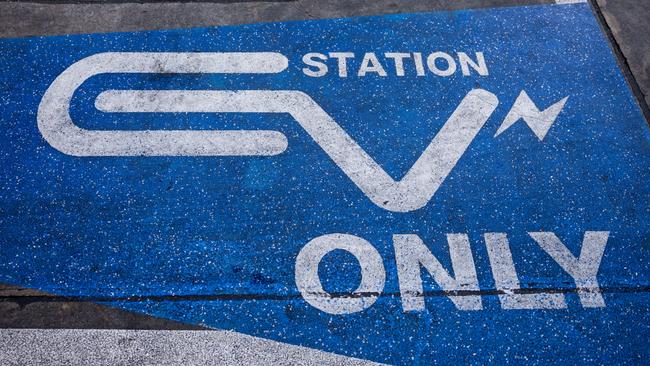
The alternative is to introduce regulatory arrangements that tilt consumer spending by setting certain targets for sellers to meet.
Consumers remain free to purchase the products they want. It’s just that the manipulated market will throw up different terms and conditions relative to an unfettered arrangement.
For good measure, the claim is made that many consumers are ill-informed and need to be nudged to buy socially desirable products while rejecting others.
An early example of a scheme designed to shift consumer purchases is the Corporate Average Fuel Economy scheme introduced in the US in 1975. Following the two oil price shocks, the scheme was designed to encourage vehicle manufacturers to introduce more fuel-efficient vehicles. Each year, a manufacturer’s purchased fleet is tested for its overall fuel efficiency; failure to reach the minimum standard results in substantial fines being payable.
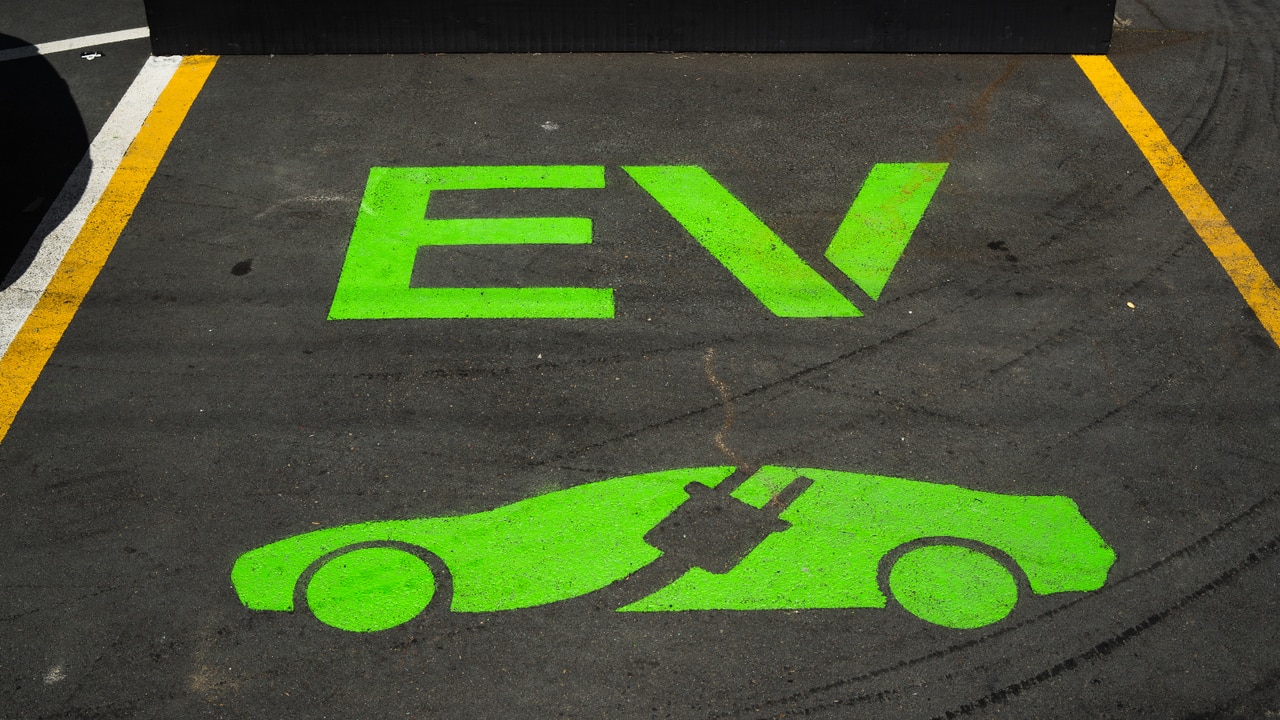
While the onus is ostensibly on manufacturers, car dealers also are involved in ensuring the overall target is met. Their actions range from singing the praises of very fuel-efficient options, even if other features of the car don’t suit the purchaser, to providing price discounts for economical vehicles while jacking up the price of gas-guzzlers.
It’s not clear how effective the CAFE scheme has been, in part because different rules apply to light trucks – our SUVs – from standard cars. In combination with the shift towards light trucks, large swings in the real price of petrol and diesel and the surge of cars from Europe and Japan, the overall net effect of the scheme is murky, but it limps on, effectively driven by a government agency.
These types of schemes have become extremely appealing to governments in the context of acting on climate change.
The main version involves driving consumers towards buying electric vehicles and away from vehicles powered by internal combustion engines. This is achieved by setting new car sales targets for EVs or establishing annual limits on average carbon dioxide emissions for each manufacturer. These schemes then typically alter the annual target, with an end point of all new purchases being EVs or close to.
Take Britain’s new vehicle sales scheme. Currently there is an announced ban on non-EV car purchases from 2035 – it had been 2030, but the Conservative government changed the date. This year, 22 per cent of all car purchases must be EVs (the figure is 10 per cent for vans) and next year it will be 28 per cent. The target is 80 per cent of new EV sales in 2030.
But here’s the thing: apart from the early adopters who were quick to buy EVs, the run-of-the-mill car buyer is now a reluctant buyer of EVs. The purchase price, the cost of insurance, inadequate charging, the absence of off-street parking, range anxiety, poor resale prices – these are key features of the market. It is estimated that car manufacturers selling cars in Britain in 2024 will be hit for about £6bn ($11.9bn) – made up of £2bn in fines and £4bn in price discounting.
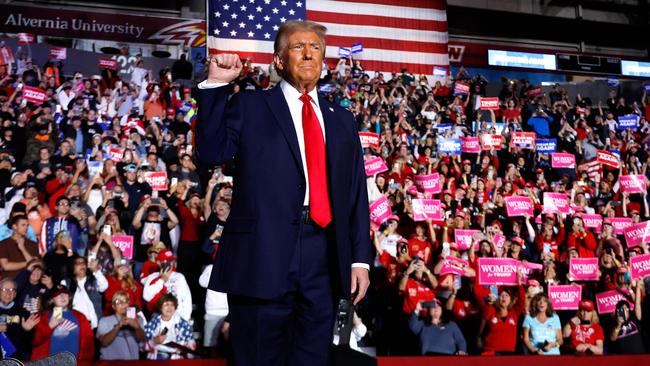
But following on from the recent closure of the Vauxhall van factory in Luton, it’s widely anticipated the Starmer government will adjust the scheme to ensure the viability of other automotive factories.
Australia is about to get a taste of this type of scheme with the New Vehicle Efficiency Standard becoming operational from January 1, 2025. By stipulating the annual carbon dioxide target for each fleet – targets that become more stringent each year – the aim is to drive more consumers to purchase EVs (and possibly plug-in hybrids) and to reject ICE vehicles. The argument is that the scheme will lead to a greater range of vehicles, particularly EVs, from which consumers can chose and save money on petrol and diesel.
(There is a real issue of whether EVs are as environmentally friendly as is often claimed. To be sure, they have zero emissions at the tail pipe. But manufacturing EVs, overwhelmingly undertaken in China for EVs purchased in Australia, is more emissions-intensive than ICE vehicles. When electricity is also partly generated from fossil fuels, which is the case for the National Electricity Market, the net effect on global emissions of the shift to EVs is not entirely clear-cut.)
Worldwide, the reality is that these schemes are encountering major difficulties just as we are about to introduce our own version. In the US, which has a federal EV mandate as well as state regulations, the local manufacturers have been complaining bitterly as they are forced to sell EVs at significant losses. Dealers increasingly are staring at lots of unsold EVs. The incoming Trump administration has pledged to rescind the EV mandate.
In Europe, there are increasing levels of panic over the impact of the mandated shift to EVs as local manufacturers struggle to compete with cheap Chinese EVs, even in the face of the tariffs imposed by the EU. Bear in mind here that the automotive industry in Europe is a very substantial part of the economy, making up about 6 per cent of overall GDP of the EU. It was big news therefore when Volkswagen recently announced it would close three of its 10 automotive plants in Germany.
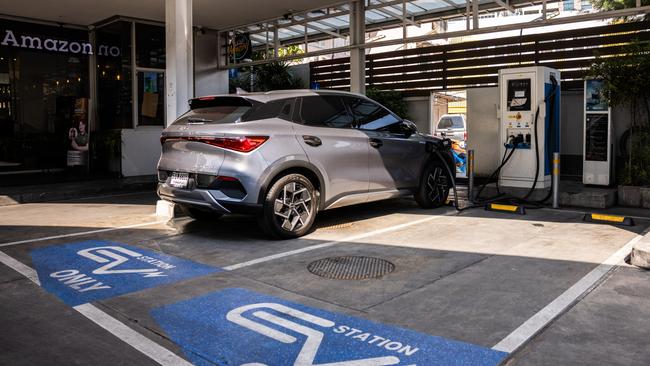
What is becoming clear is that there are many unintended consequences when governments seek to diminish consumer sovereignty by attempting to direct consumer purchases in ways that don’t reflect their preferences. Consumers can simply refuse to take the bait – this is the case with sluggish EV sales, including in Australia. Governments often have no choice but to back down.
Indeed, these schemes are now creating havoc, with many European and US manufacturers facing disastrous commercial consequences from their shift to EV manufacturing. Given the long lead times and the need to establish new logistic chains, any shift of this type is hugely resource intensive. When sales disappoint, the effect on the companies can be calamitous.
In the meantime, the world is awash with cheap EVs manufactured in China with substantial state subsidies and using cheap energy, often coal-fired electricity.
The response of the US, and even the EU, has been to impose tariffs on imports from China, but these have been insufficient to stem the flow.
The moral of the story is this: stomping on consumer sovereignty is an extremely dangerous approach for governments to take. Consumers always have the option of refusing to play ball even with prices being cross-subsidised. There is a danger that consumers can be misled.
These schemes can leave manufacturers and sellers with hefty fines to pay in the event of targets not being met. In the worst-case scenario, companies can collapse because of unachievable and unprofitable scheme targets. They also may withdraw from certain markets.
Australia is introducing a scheme when many other countries are heading in the opposite direction. There is a message there.






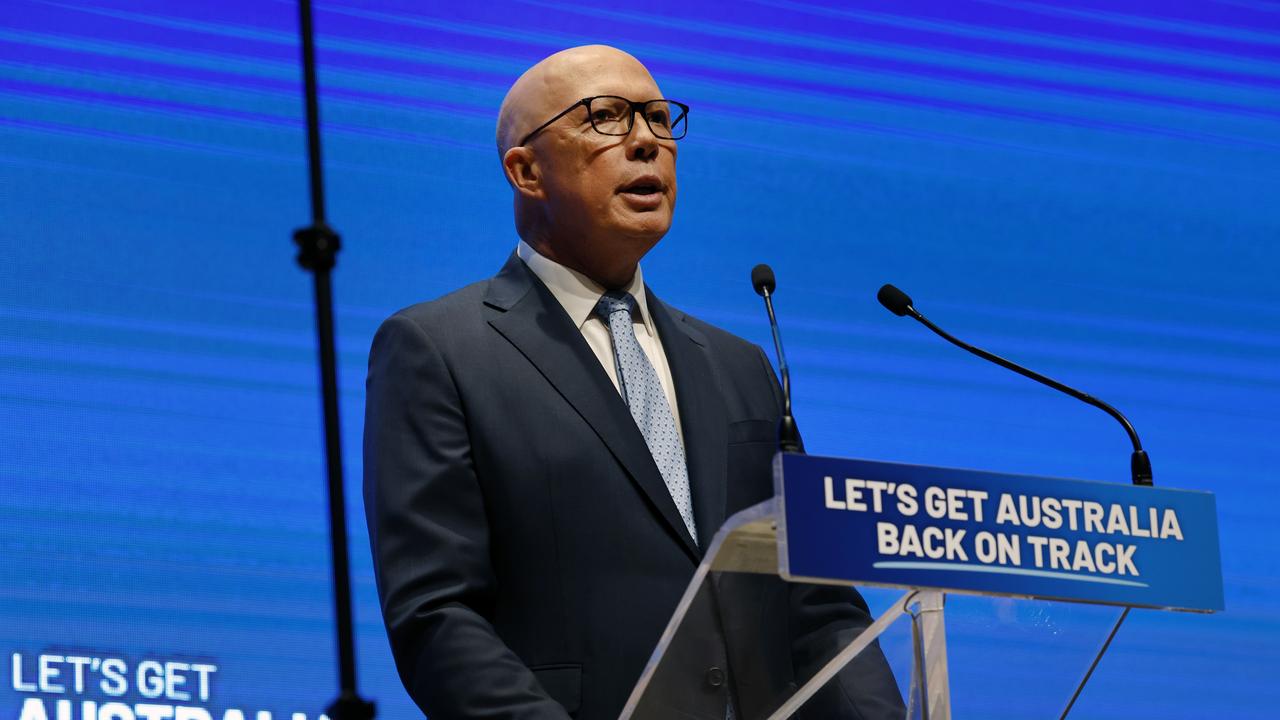
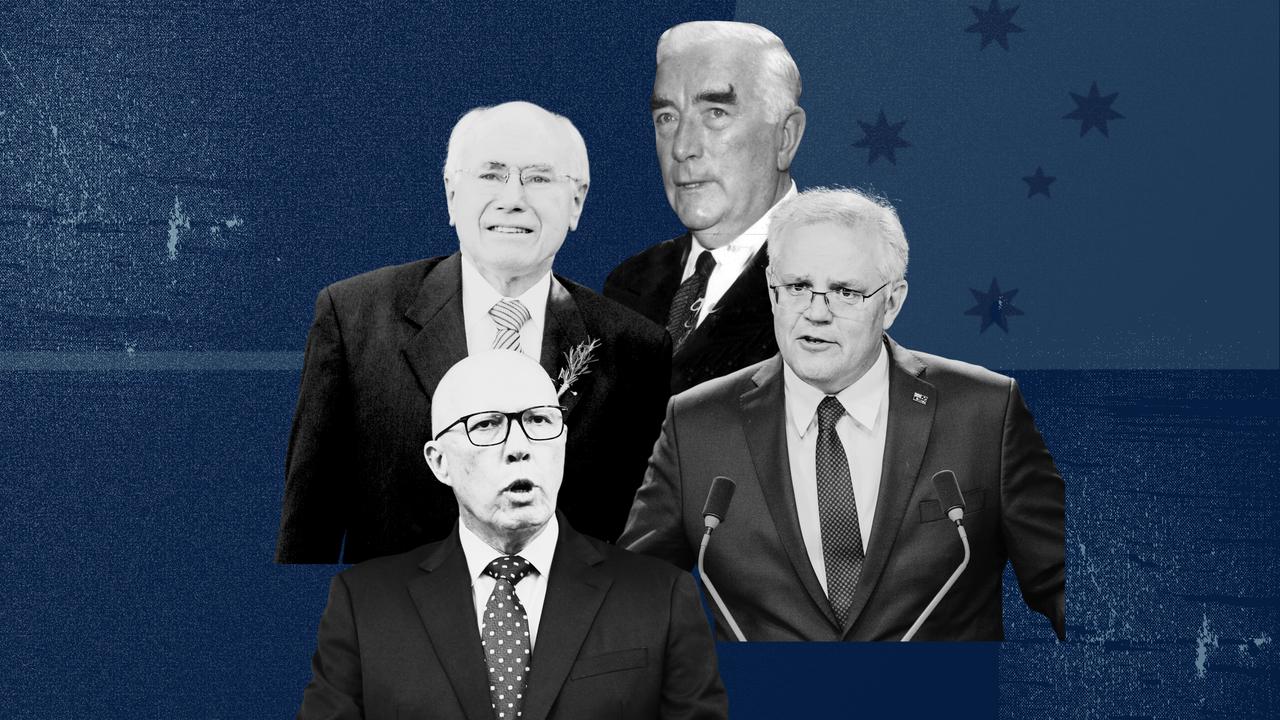
Restricting consumer choice has been a preferred policy approach of many governments for some time. Outright bans on products can be unpopular, while providing financial subsidies to induce certain purchases – think solar panels or electric vehicles – is expensive.